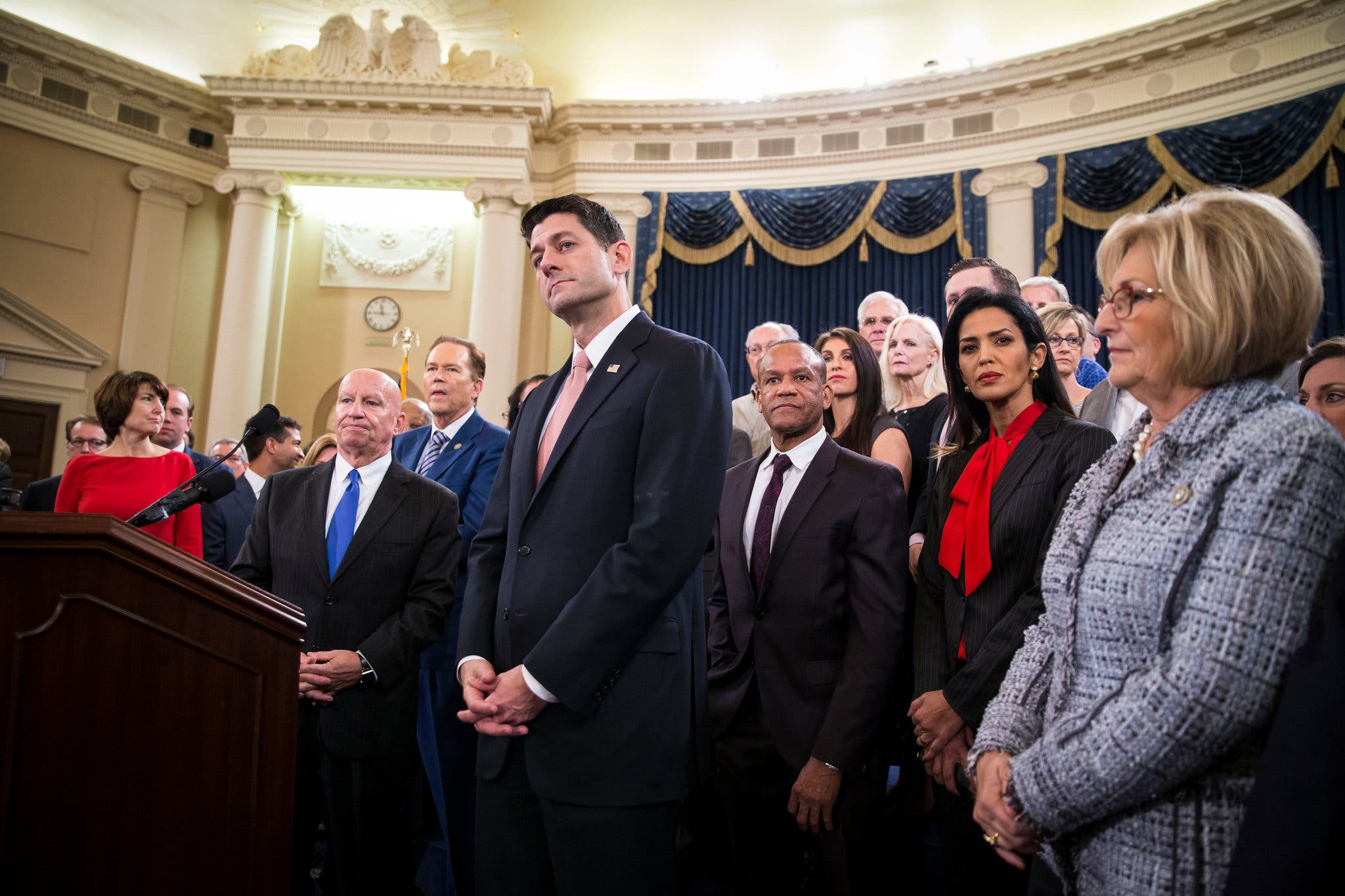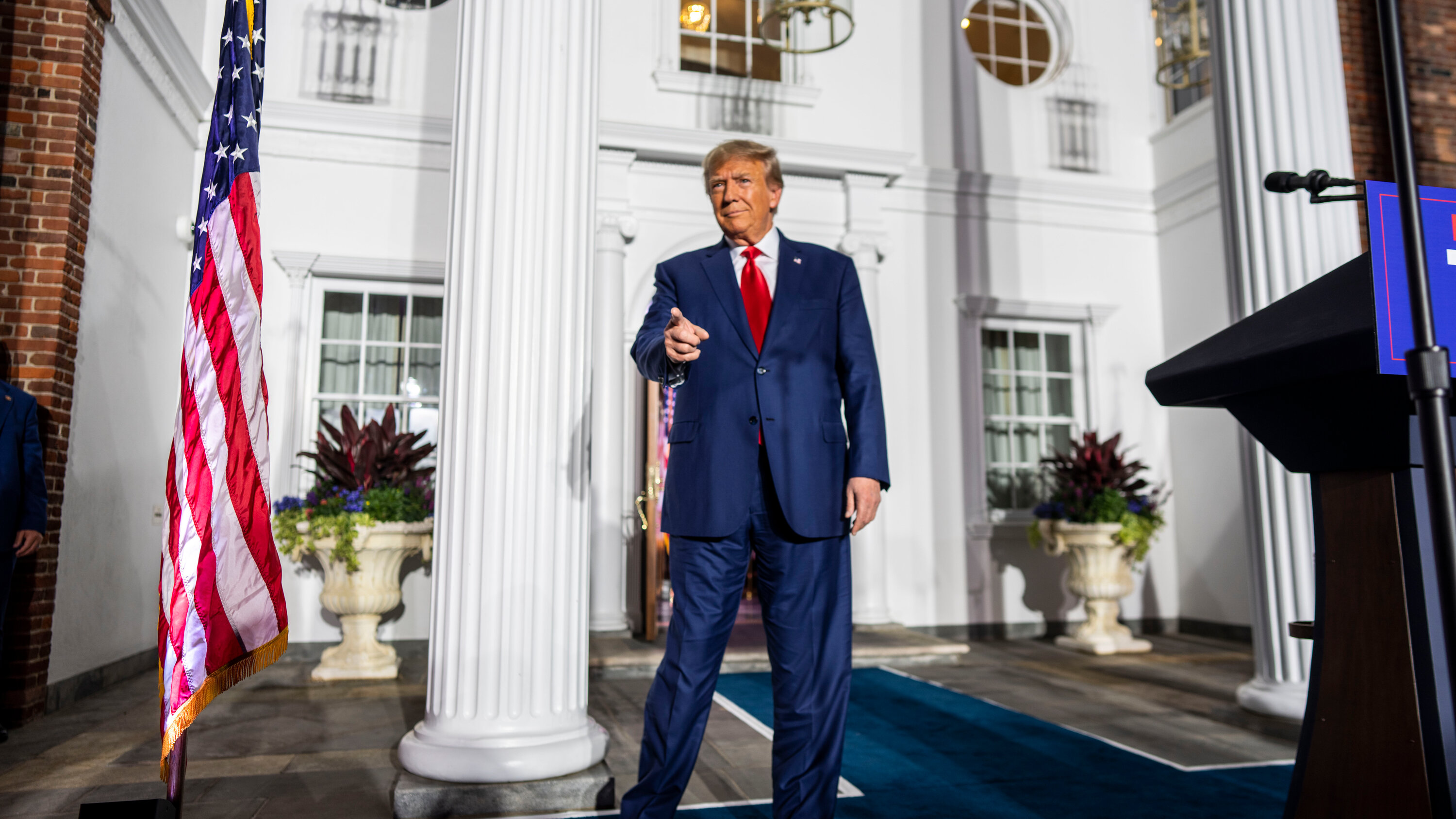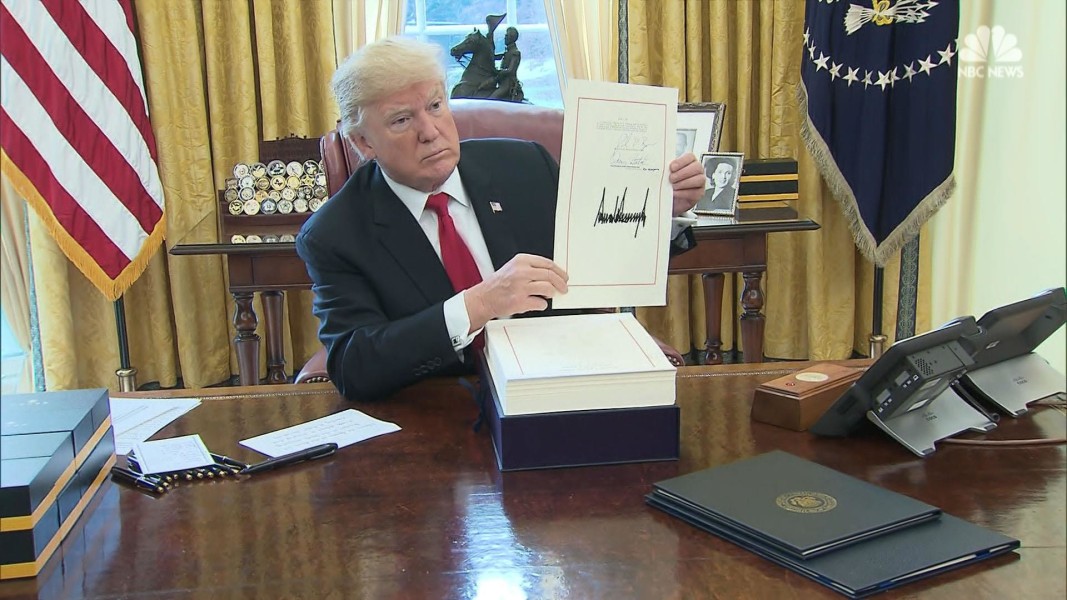How Trump's China Tariffs Led To Higher Prices And Potential Shortages In The US

Table of Contents
The Mechanism of Tariffs and their Impact on Prices
Tariffs are essentially taxes imposed on imported goods. When the Trump administration implemented tariffs on Chinese goods, it increased the cost of those goods entering the US. This increased cost wasn't absorbed by importers; instead, it was largely passed on to American consumers in the form of higher prices. This price increase mechanism is a core element of understanding the impact of Trump's China tariffs.
For example, tariffs affected a wide range of consumer goods, including furniture, electronics, and clothing. Some estimates suggest price increases ranging from a few percentage points to over 20%, depending on the specific product and the extent of reliance on Chinese imports.
- Increased manufacturing costs in the US: Many US manufacturers rely on imported components from China. Tariffs increased these input costs, leading to higher final product prices.
- Reduced consumer purchasing power: Higher prices for everyday goods directly reduced consumer purchasing power, impacting household budgets across the income spectrum.
- Potential for inflationary pressures: Widespread price increases due to tariffs contributed to inflationary pressures on the overall US economy.
Disruptions to the US Supply Chain
Global supply chains are intricate networks connecting manufacturers, suppliers, and distributors worldwide. Trump's China tariffs significantly disrupted these established networks. The imposition of tariffs forced businesses to reassess their sourcing strategies and logistics, leading to various challenges.
Companies faced increased lead times for imports from China as they navigated new customs procedures and potential delays. Some businesses attempted to shift production to other countries, a process that proved costly and time-consuming, offering potential benefits in diversification but also incurring significant drawbacks in terms of establishing new supplier relationships and navigating different regulatory environments.
- Increased lead times for imports from China: The added complexity of navigating tariffs significantly extended the time it took to receive goods from China.
- Shifting of production to other countries: While some companies successfully shifted production, this often resulted in higher costs and logistical complexities.
- Increased transportation costs: Altered supply routes due to tariff avoidance strategies led to increased transportation costs.
- Potential for increased reliance on less efficient or more expensive suppliers: The search for alternative suppliers often led to compromises in efficiency and cost-effectiveness.
The Impact on Specific Industries and Consumers
The effects of Trump's China tariffs weren't uniform across all sectors. Retail, manufacturing, and agriculture were particularly affected. Low-income families, who spend a larger proportion of their income on essential goods, were disproportionately impacted by the price increases.
- Case studies of businesses struggling due to tariff-related price increases: Many small businesses faced significant challenges, with some even forced to close due to the increased costs.
- Examples of consumers altering purchasing habits due to higher costs: Consumers responded by cutting back on spending, delaying purchases, or switching to cheaper alternatives.
- Analysis of the distributional effects of the tariffs across different income levels: The impact of the tariffs fell more heavily on lower-income households, exacerbating existing inequalities.
Long-Term Economic Consequences of Trump's China Tariffs
The long-term consequences of Trump's China tariffs extend beyond immediate price increases and supply chain disruptions. The tariffs strained US-China trade relations, sparking retaliatory tariffs from China that impacted US exports. This trade war had a noticeable effect on overall economic growth, fueling debate about the merits of protectionism versus free trade.
- Retaliatory tariffs from China and their impact on US exports: China's retaliatory tariffs negatively affected US agricultural exports and other industries.
- The impact on foreign investment in the US: Uncertainty surrounding trade policy discouraged foreign investment in the US.
- The long-term effects on US competitiveness in the global market: The tariffs potentially hindered US competitiveness by raising prices and disrupting established supply chains.
Conclusion: Understanding the Lasting Effects of Trump's China Tariffs
Trump's China tariffs resulted in significant price increases for many consumer goods and substantial disruptions to US supply chains. These consequences disproportionately impacted low-income families and certain industries. While proponents argued that the tariffs protected domestic industries, the negative consequences, including reduced consumer purchasing power and strained international relations, are undeniable. Understanding the impact of China tariffs is crucial to analyzing Trump's economic legacy and informing future trade policy decisions. We must learn from these experiences to ensure that future trade negotiations minimize the negative impacts on consumers and the overall economy. Continue your research to better understand the impact of China tariffs and the complexities of trade policies, ensuring informed participation in the ongoing conversation surrounding trade and economic stability.

Featured Posts
-
 Stock Market Valuation Concerns Bof A Offers A Contrarian View
Apr 29, 2025
Stock Market Valuation Concerns Bof A Offers A Contrarian View
Apr 29, 2025 -
 Winners Of Minnesotas Snow Plow Naming Contest
Apr 29, 2025
Winners Of Minnesotas Snow Plow Naming Contest
Apr 29, 2025 -
 Is This The New Quinoa Exploring The Latest Health Food Trend
Apr 29, 2025
Is This The New Quinoa Exploring The Latest Health Food Trend
Apr 29, 2025 -
 Trumps Tax Bill Republican Opposition And Potential Roadblocks
Apr 29, 2025
Trumps Tax Bill Republican Opposition And Potential Roadblocks
Apr 29, 2025 -
 Dsp India Fund Top Performance Cautious Outlook Cash Increase
Apr 29, 2025
Dsp India Fund Top Performance Cautious Outlook Cash Increase
Apr 29, 2025
Latest Posts
-
 Republican Divisions Could Determine Fate Of Trumps Tax Plan
Apr 29, 2025
Republican Divisions Could Determine Fate Of Trumps Tax Plan
Apr 29, 2025 -
 Can Trump Overcome Republican Opposition To His Tax Bill
Apr 29, 2025
Can Trump Overcome Republican Opposition To His Tax Bill
Apr 29, 2025 -
 The Fight Within The Gop Trumps Tax Plan In Jeopardy
Apr 29, 2025
The Fight Within The Gop Trumps Tax Plan In Jeopardy
Apr 29, 2025 -
 Analysis Trumps Tax Bill Faces Significant Republican Opposition
Apr 29, 2025
Analysis Trumps Tax Bill Faces Significant Republican Opposition
Apr 29, 2025 -
 Key Republican Groups Oppose Trumps Big Beautiful Tax Cuts
Apr 29, 2025
Key Republican Groups Oppose Trumps Big Beautiful Tax Cuts
Apr 29, 2025
